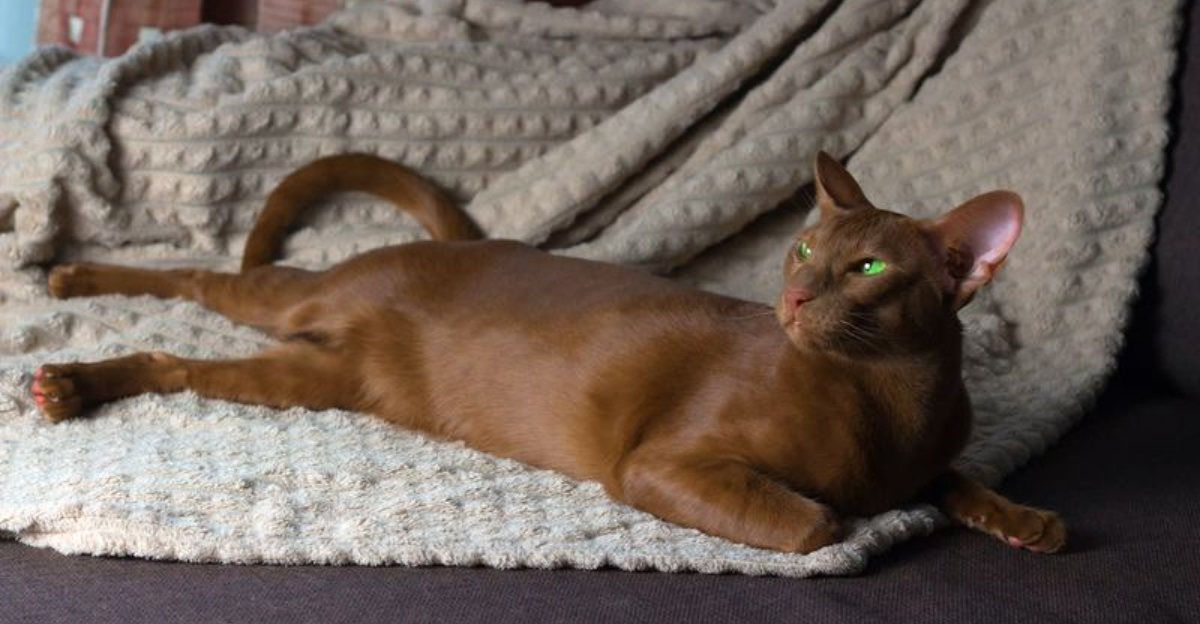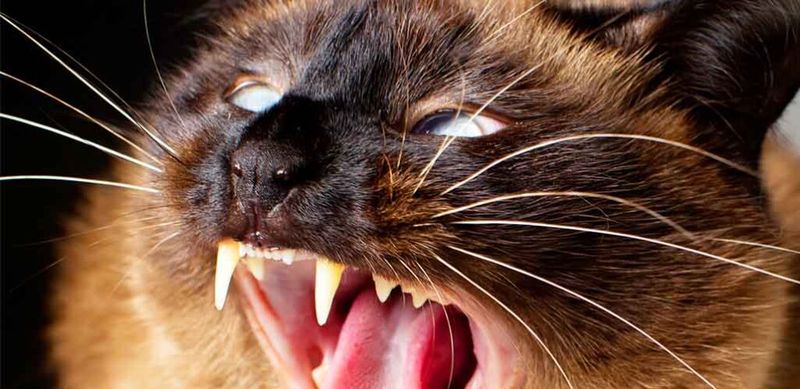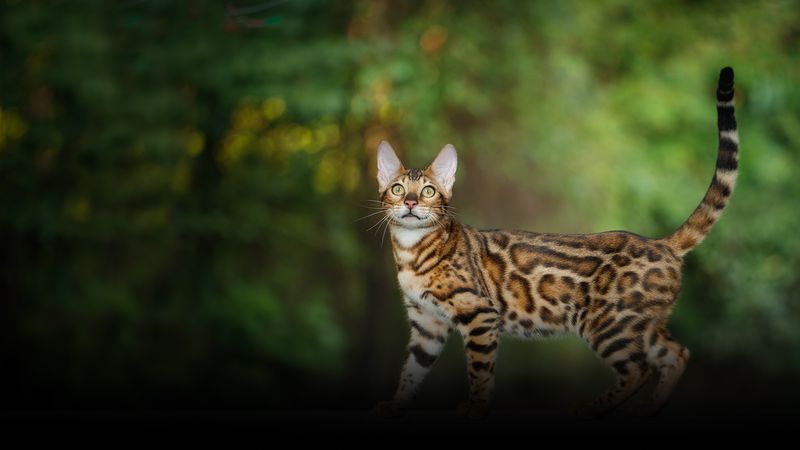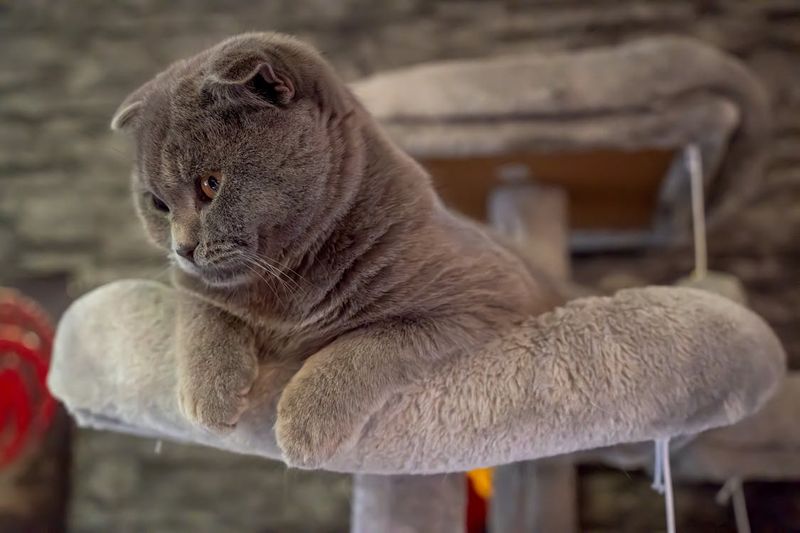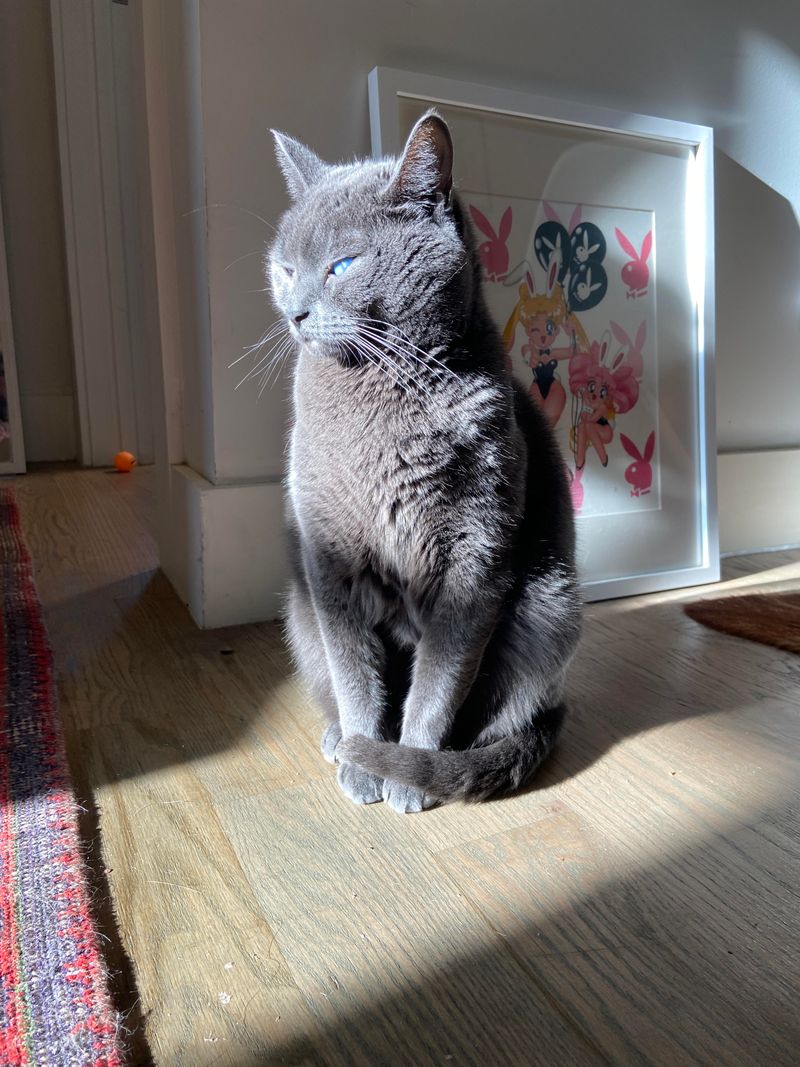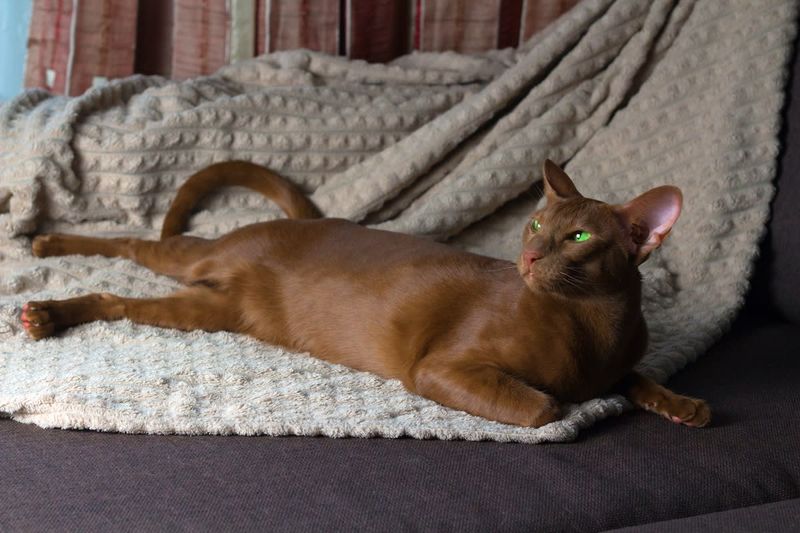📖 Table of Content:
Some cats are known for their preference for solitude, their territorial nature, or their intense bond with humans — all of which can lead to friction when sharing space with other felines.
Whether it’s due to high intelligence, strong territorial instincts, or a deep need for individual attention, certain breeds just don’t mix well with others of their kind. These “anti-social” cats aren’t necessarily mean-spirited — in fact, many are incredibly affectionate with humans — but they often find the presence of other cats irritating, anxiety-inducing, or just plain unwelcome. Understanding these tendencies is essential for multi-cat households or anyone considering adding a new feline to their family.
In this article, we explore eight unique cat breeds that are notoriously known for their less-than-cuddly attitudes toward their peers. From vocal Siamese to mysterious Russian Blues, each breed has its own reasons for wanting to be the king or queen of the castle. If you’re looking for a solo companion or wondering why Fluffy can’t stand the new kitten, this guide might just offer the insight you need.
1. Siamese
Naturally dramatic and brimming with personality, Siamese cats thrive when they’re the center of attention. Their loud, expressive meows are more than just chatter — they’re constant demands for human interaction. While this makes them entertaining pets, it also means they can get jealous easily, especially when another cat enters their domain. Rather than share their human, they often view other cats as rivals for affection. This breed’s strong territorial instincts can result in aggressive or possessive behaviors. Despite their sleek elegance, they are not subtle when it comes to expressing dislike. Unless properly socialized from a young age, they often do best as the only feline in the household.
2. Bengal
© www.hypoallergenicbengalcat.com
Bred from a mix of domestic cats and wild Asian leopard cats, Bengals are anything but mellow. Their wild ancestry gives them a heightened sense of dominance and an intense need for space and stimulation. Unlike more laid-back breeds, Bengals demand both physical activity and mental challenges — and they rarely tolerate interruptions. Sharing that environment with another cat can feel like a constant competition. Rather than cohabitate peacefully, Bengals may engage in territorial marking or dominance displays. While they may occasionally bond with another energetic cat, it’s not a guarantee. Their strong personalities mean they often prefer ruling the household alone.
3. Scottish Fold
Known for their signature folded ears and round eyes, Scottish Folds are endearing to look at — but complex in temperament. They tend to form deep, exclusive bonds with their human and can become shy or withdrawn when forced to share that bond. Peace and quiet are essential for their well-being, and boisterous feline companions often disrupt that balance. Instead of seeking companionship, they often retreat to observe from a safe distance. This breed is sensitive to change and can be easily stressed by new additions. Even in multi-cat homes, they may choose isolation over interaction. Their calm and reserved nature makes them ideal as solo pets.
4. Russian Blue
Quiet dignity defines the Russian Blue, a breed that values routine, silence, and predictability. Shyness is common, particularly with strangers or other pets, and they need time to warm up to any new presence. Rather than engage in typical cat play or dominance displays, they simply remove themselves from uncomfortable situations. Other cats, especially those with high energy, can cause anxiety for these sensitive souls. While they are affectionate and loyal to their chosen human, they rarely extend that warmth to other animals. Coexisting may be possible in some cases, but friendship is unlikely. Russian Blues are most comfortable when their space remains undisturbed.
5. Turkish Van
Rare and distinctive, the Turkish Van is known for loving water and disliking intrusion. Their energetic personality demands room to explore, climb, and act on their curious impulses. Unlike communal or cuddly breeds, they value their independence fiercely. Introducing other cats into their environment may trigger territorial behaviors and resistance. Rather than welcome a playmate, they may view it as competition for both space and resources. This strong-willed nature makes early socialization especially important, though not always effective. Many Turkish Vans are happiest when they can roam solo and call all the shots.
6. Oriental Shorthair
Extremely vocal and highly intelligent, Oriental Shorthairs are divas in disguise. They love attention and know exactly how to get it — which can spell trouble in a multi-cat home. Sharing the spotlight is not their forte, and they may become possessive or pushy when ignored. Their constant need for interaction often leads to friction with other cats, especially those with a calmer temperament. While they may tolerate a companion if introduced properly, harmony is not always guaranteed. They thrive in environments where they are the primary focus. Given the choice, many would happily monopolize both space and affection.
7. Abyssinian
There’s never a dull moment with an Abyssinian, a breed that’s always on the move and craving interaction. Unlike lap cats, they prefer action and attention over snuggling. Their high energy often overwhelms more mellow breeds, leading to conflict or tension. Though not inherently hostile, Abyssinians may ignore or outpace other cats to the point of exclusion. They prefer humans who can keep up with their active lifestyle and constant curiosity. Companionship with another cat only works if the other cat can match their energy — a rare scenario. In most cases, they’d rather explore the world solo than share the spotlight.
8. Singapura
Tiny but mighty, the Singapura is often underestimated — until they assert themselves. Despite their small size, they possess a big personality and a distinct need for personal space. Other cats may interpret their caution as aloofness or fear, but it’s actually strategic self-preservation. Singapuras often bond intensely with humans and see little reason to engage with other pets. They can coexist peacefully if unbothered, but tend to keep their distance. The breed’s introspective and alert nature leads them to be more selective about companionship. In the right conditions, they thrive best when allowed to be the only cat.
